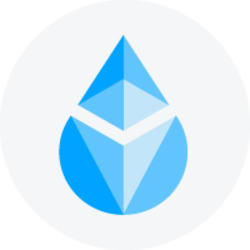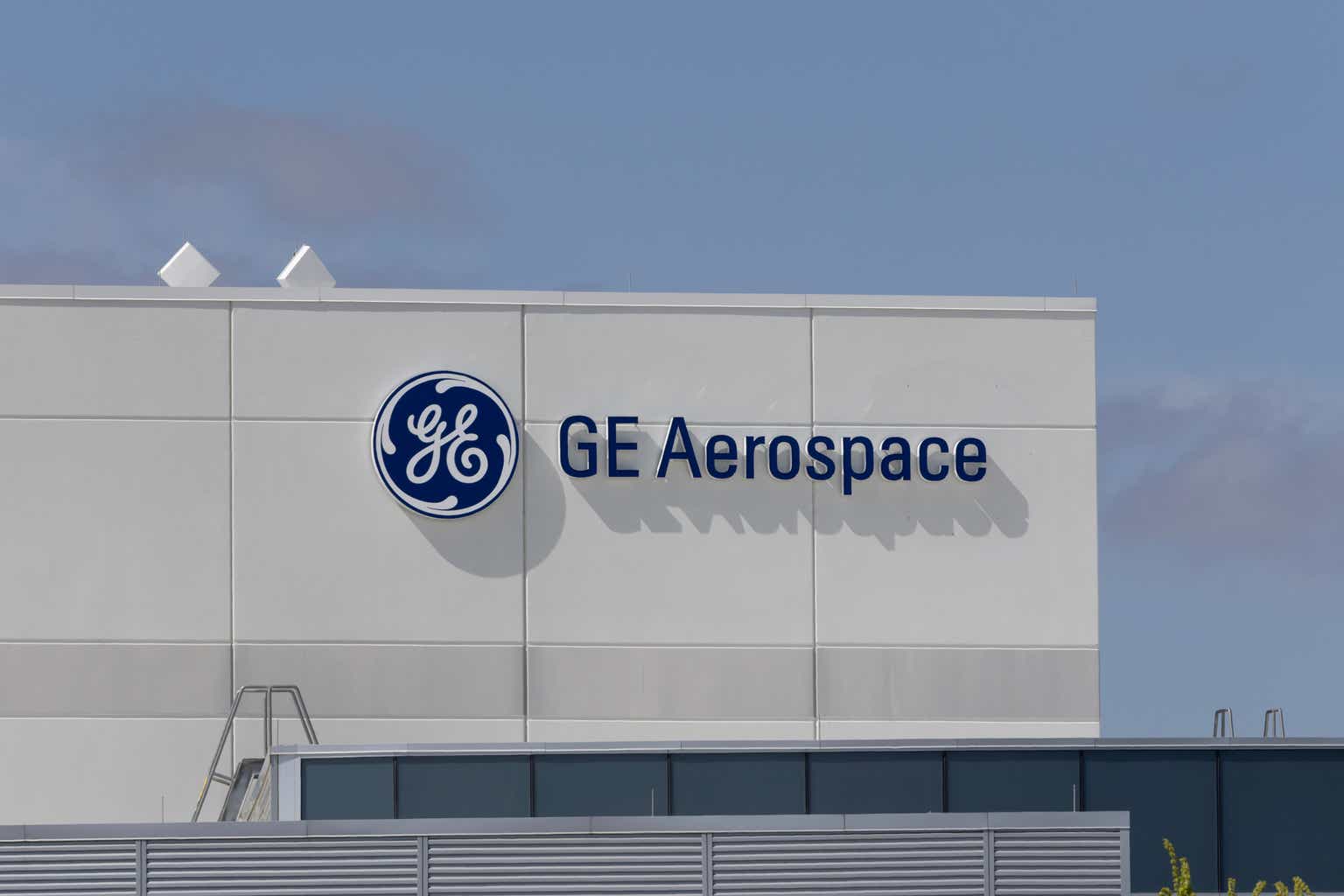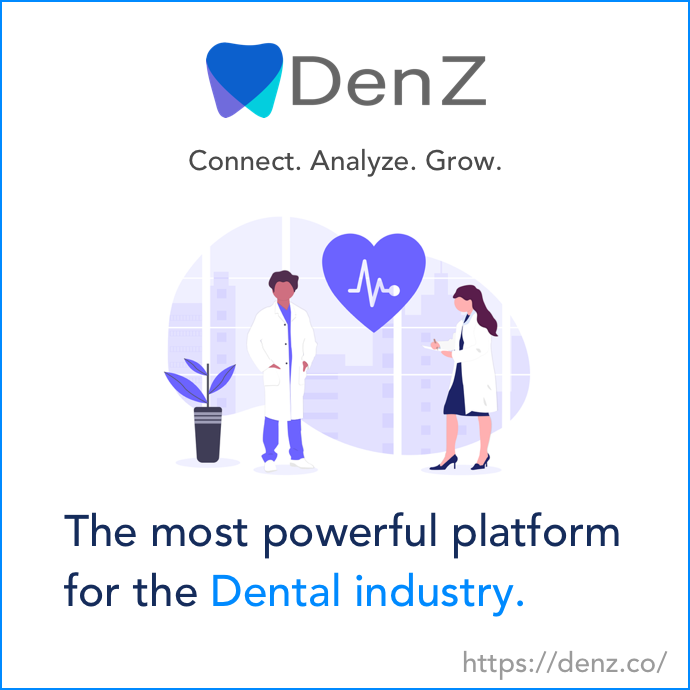Scientific research has traditionally been a slow and careful process. Scientists spend years testing ideas and doing experiments. They read thousands of papers and try to connect different pieces of knowledge. This approach has worked for a long time but usually takes years to complete. Today, the world faces urgent problems like climate change and diseases that need faster answers. Microsoft believes artificial intelligence can help solve this problem. At Build 2025, Microsoft introduced Microsoft Discovery, a new platform that uses AI agents to accelerate research and development. This article explains how Microsoft Discovery works and why agents are important for research and development.
Challenges in Modern Scientific Research
Traditional research and development face several challenges that have lasted for decades. Scientific knowledge is vast and spread across many papers, databases, and repositories. Connecting ideas from different fields requires special expertise and plenty of time. Research projects involve many steps, such as reviewing literature, forming hypotheses, designing experiments, analyzing data, and refining results. Each step needs different skills and tools, making it hard to keep progress steady and consistent. Also, research is an iterative process. Scientific knowledge grows through evidence, peer discussion, and continuous refinement. This iterative nature creates significant time delays between initial ideas and practical applications. Because of these issues, there is a growing gap between how fast science advances and how quickly we need solutions for problems like climate change and disease. These urgent issues demand faster innovation than traditional research can deliver.
Microsoft Discovery: Accelerating R&D with AI Agents
Microsoft Discovery is a new enterprise platform built for scientific research. It enables AI agents to work with human scientists, generating hypotheses, analyzing data, and performing experiments. Microsoft built the platform on Azure, which provides the computing power needed for simulations and data analysis.
The platform solves research challenges through three key features. First, it uses graph-based knowledge reasoning to connect information across different domains and publications. Second, it employs specialized AI agents that can focus on specific research tasks while coordinating with other agents. Third, it maintains an iterative learning cycle that adapts research strategies based on results and discoveries.
What makes Microsoft Discovery different from other AI tools is its support for the complete research process. Instead of helping with just one part of research, the platform supports scientists from the beginning of an idea to the final results. This full support can significantly reduce the time needed for scientific discoveries.
Graph-Based Knowledge Engine
Traditional search systems find documents by matching keywords. While effective, this approach often overlooks the deeper connections within scientific knowledge. Microsoft Discovery uses a graph-based knowledge engine that maps relationships between data from both internal and external scientific sources. This system can understand conflicting theories, different experiment results, and assumptions across fields. Instead of just finding papers on a topic, it can show how findings in one area apply to problems in another.
The knowledge engine also shows how it reaches conclusions. It tracks sources and reasoning steps, so researchers can check the AI’s logic. This transparency is important because scientists need to understand how conclusions are made, not just the answers. For example, when looking for new battery materials, the system can link knowledge from metallurgy, chemistry, and physics. It can also find contradictions or missing information. This broad view helps researchers find new ideas that might otherwise be missed.
The Role of AI Agents in Microsoft Discovery
An agent is a type of artificial intelligence that can act independently to perform tasks. Unlike regular AI that only assists humans by following instructions, agents make decisions, plan actions, and solve problems on their own. They work like intelligent assistants that can take the initiative, learn from data, and help complete complex work without needing constant human instructions.
Instead of using one big AI system, Microsoft Discovery employs many specialized agents that focus on different research tasks and coordinate with each other. This approach mimics how human research teams operate where experts with different skills work together and share knowledge. But AI agents can work continuously, handling huge amounts of data and maintaining perfect coordination.
The platform allows researchers to create custom agents that fulfill their specialized requirements. Researchers can specify these requirements in natural language without needing any programming skills. The agents can also suggest which tools or models they should use and how they should collaborate with other agents.
Microsoft Copilot plays a central role in this collaboration. It acts as a scientific AI assistant that orchestrates the specialized agents based on researcher prompts. Copilot understands the available tools, models, and knowledge bases in the platform and can set up complete workflows that cover the entire discovery process.
Real-World Impact
The true test of any research platform lies in its real-world value. Microsoft researchers found a new coolant for data centers without harmful PFAS chemicals in about 200 hours. This work would normally take months or years. The newly discovered coolant can help reduce environmental harm in technology.
Finding and testing new formulas in weeks instead of years can accelerate the transition to cleaner data centers. The process used multiple AI agents to screen molecules, simulate properties, and improve performance. After the digital phase, they successfully made and tested the coolant, confirming the AI’s predictions and the platform’s accuracy.
Microsoft Discovery is also used in other fields. For example, Pacific Northwest National Laboratory uses it to create machine learning models for chemical separations needed in nuclear science. These processes are complex and urgent, making faster research critical.
The Future of Scientific Research
Microsoft Discovery is redefining how research is conducted. Instead of working alone with limited tools, scientists can collaborate with AI agents that handle large information, find patterns across fields, and change methods based on results. This shift enables new discovery methods by linking ideas from different domains. A materials scientist can use biology insights, a drug researcher can apply physics findings, and engineers can use chemistry knowledge.
The platform’s modular design allows it to grow with new AI models and domain tools without changing current workflows. It keeps human researchers in control, amplifying their creativity and intuition while handling the heavy computing work.
Challenges and Considerations
While the potential of AI agents in scientific research is substantial, several challenges remain. Ensuring AI hypotheses are accurate needs strong checks. Transparency in AI reasoning is important to gain trust from scientists. Integrating the platform into existing research systems can be difficult. Organizations must adjust processes to use agents while following regulations and standards.
Making advanced research tools widely available raises questions about protecting intellectual property and competition. As AI makes research easier for many, the scientific disciplines may change significantly.
The Bottom Line
Microsoft Discovery offers a new way of doing research. It enables AI agents to work with human researchers, speeding up discovery and innovation. Early successes like the coolant discovery and interest from major companies suggest that AI agents have a potential to change how research and development work across industries. By shortening research times from years to weeks or months, platforms like Microsoft Discovery can help solve global challenges such as climate change and disease faster. The key is balancing AI power with human oversight, so technology supports, not replaces, human creativity and decision-making.
Credit: Source link










































